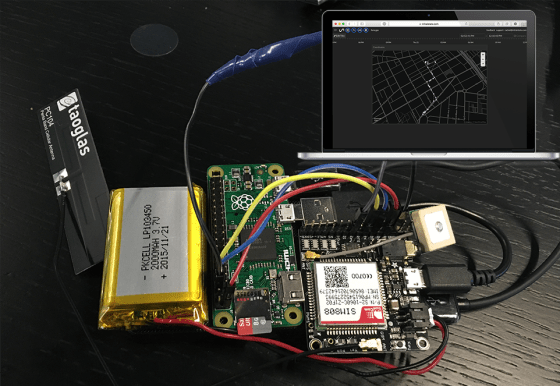
In the MagPi issue 47, Phil King wrote a review of the RasPiO ProHAT. This clever prototyping HAT breaks out all the GPIO pins in numerical (BCM) order to female headers as well as adding several power and ground ports. The pins surround a mini breadboard and they are all protected by a resistor and a diode, making it much safer to prototype with. If you’re in need of unprotected GPIO pins, however, the pins are also broken out again to an unpopulated header. It’s a great, very positive review and you can read it here.





